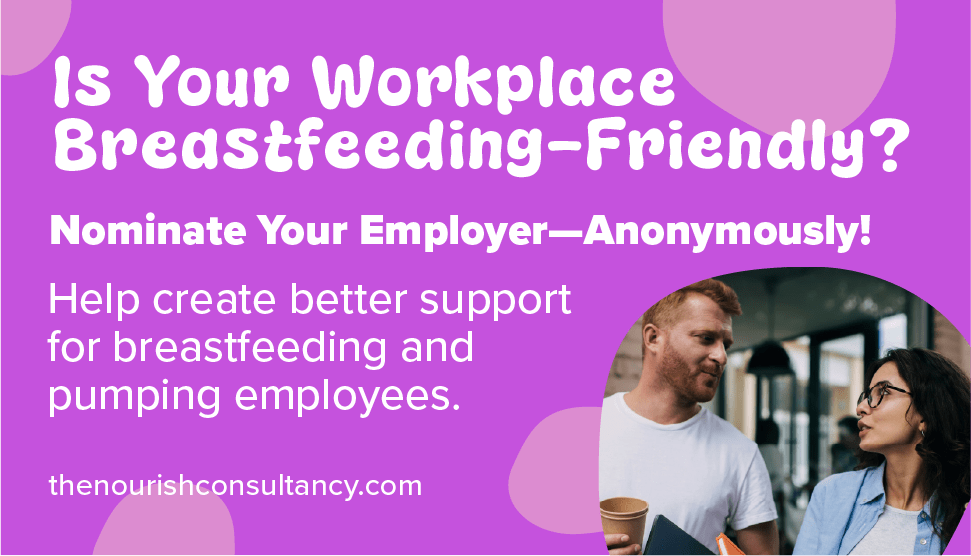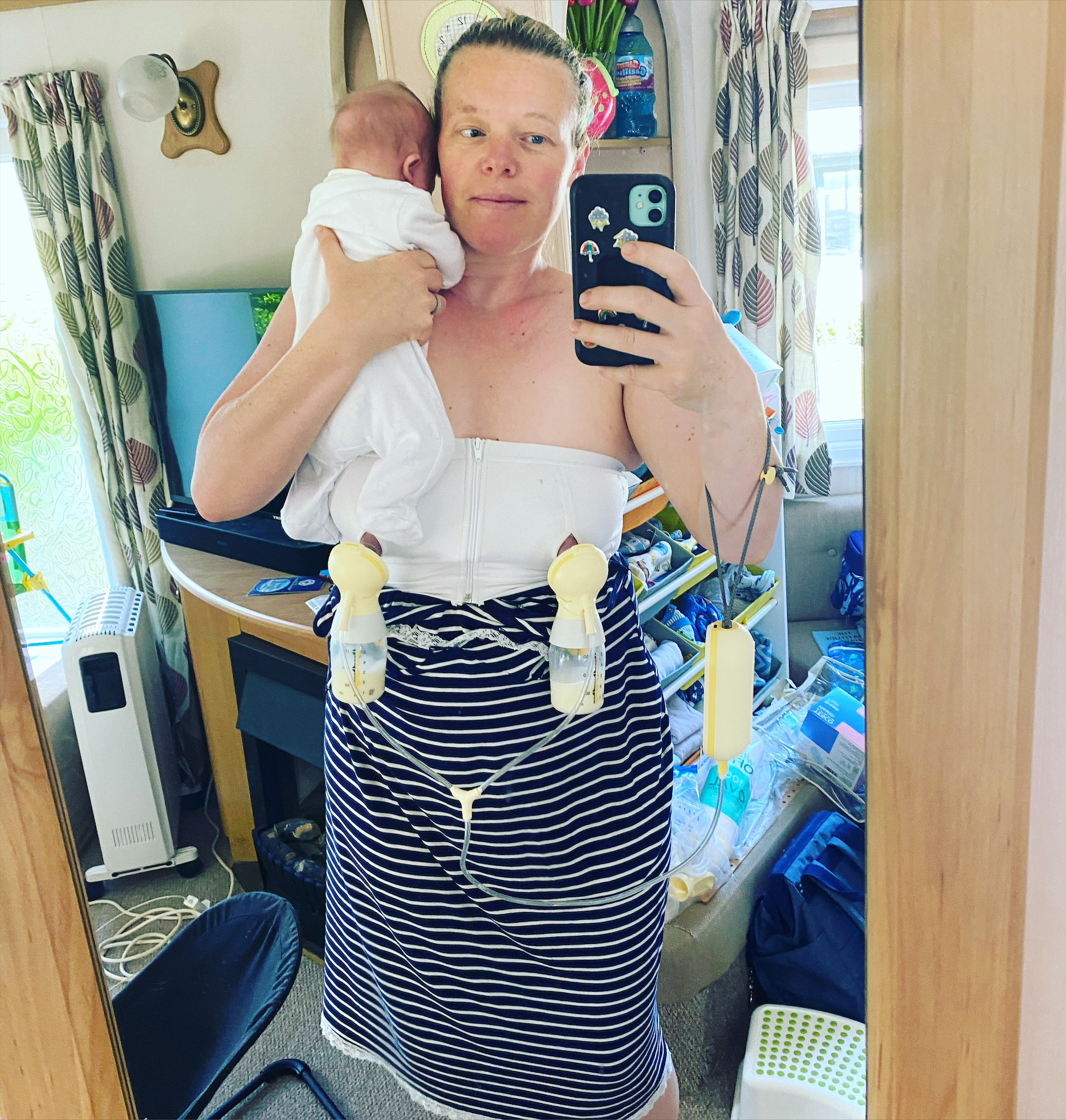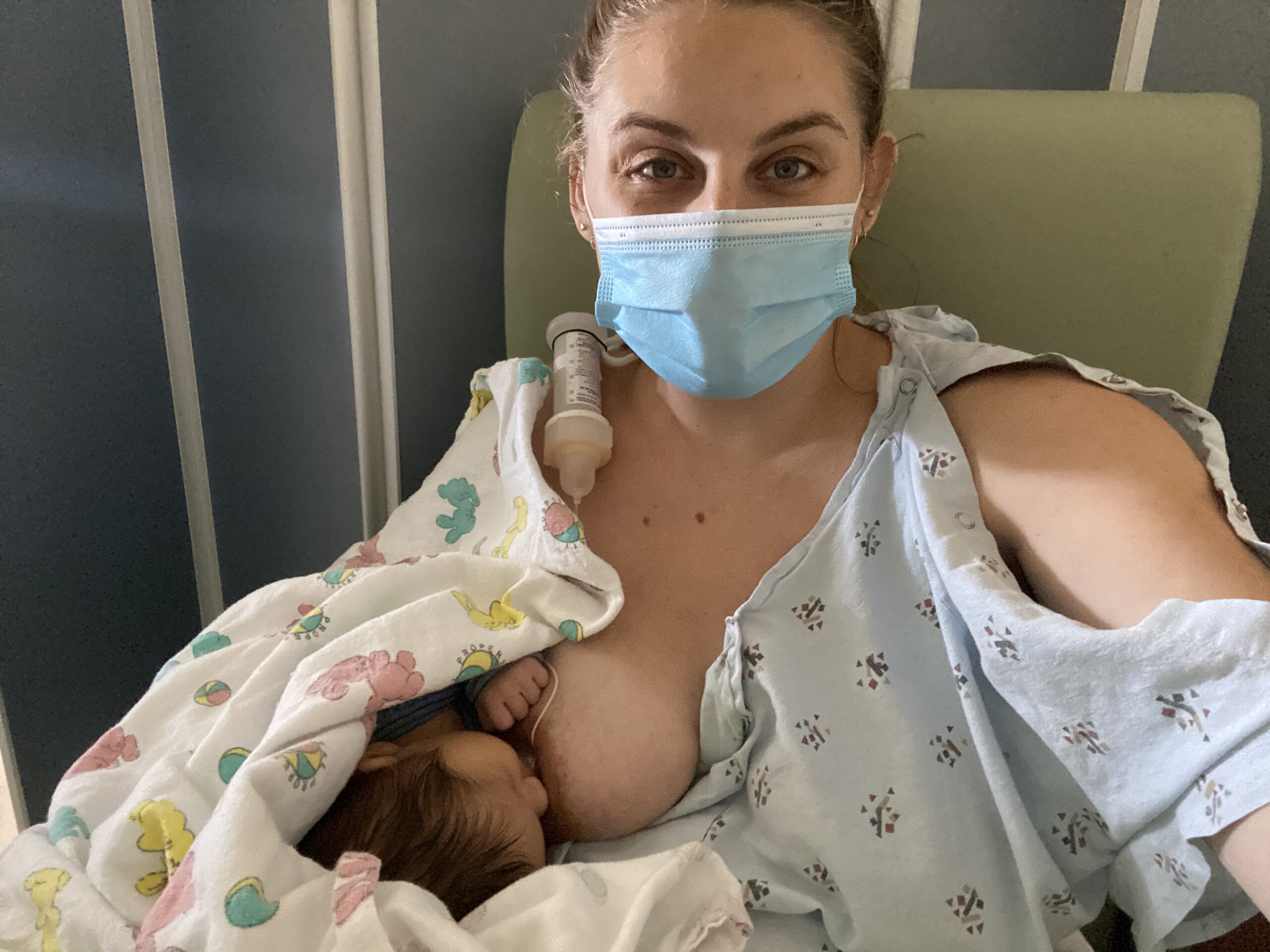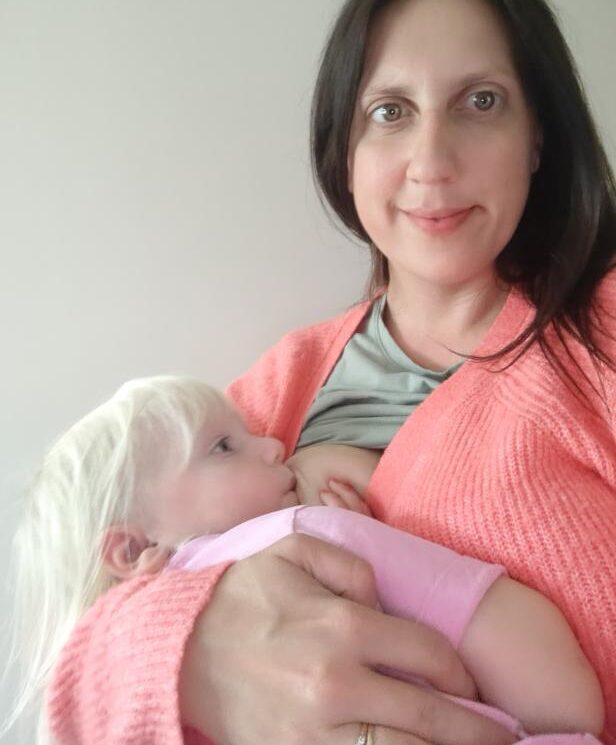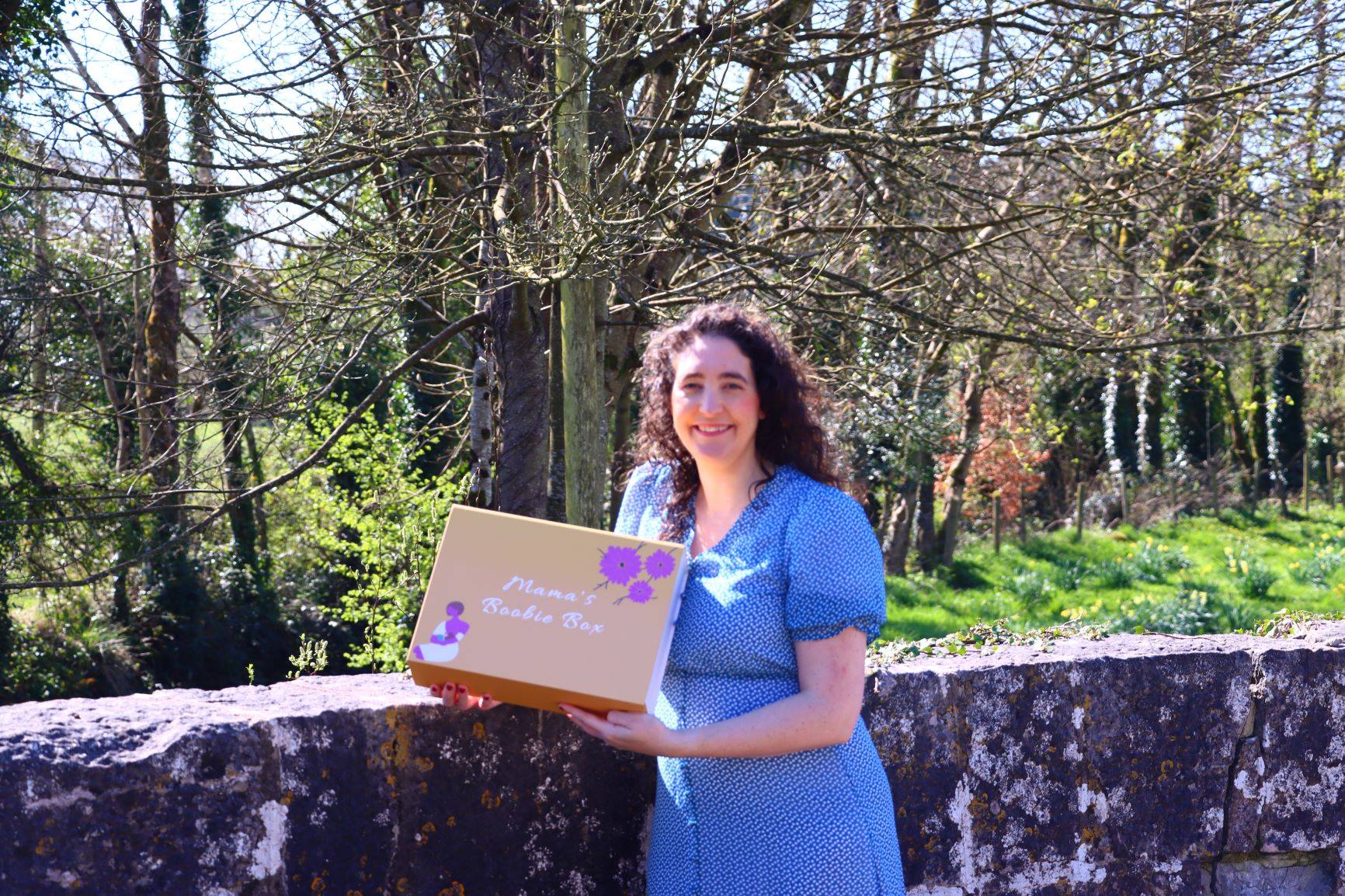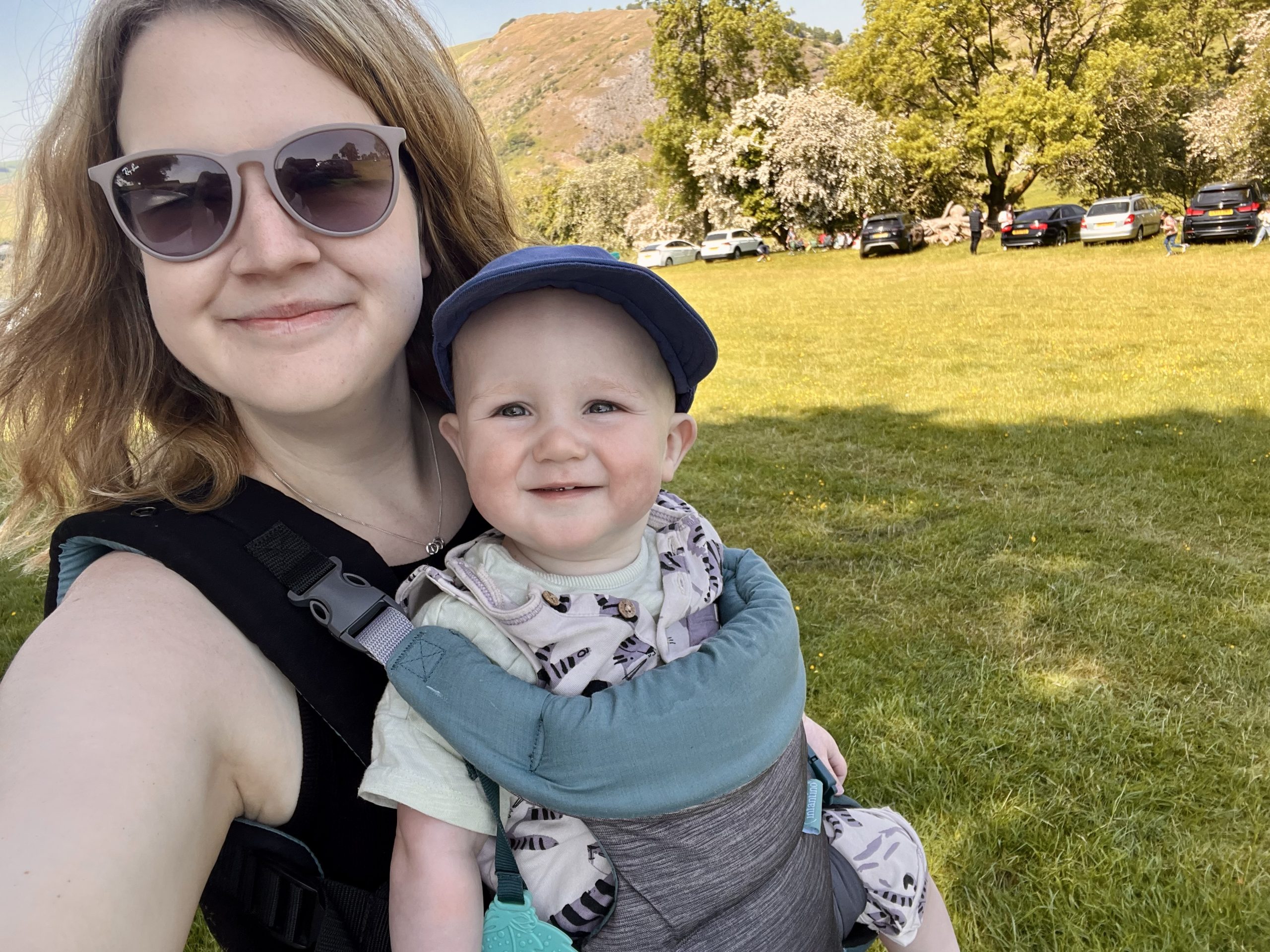Many people have a successful breastfeeding journey without ever needing to express their milk. However, many feeding journeys will involve expressing, and there are various reasons why this might be the case.
Reasons to express breast milk
Lots of expectant mothers will be interested in expressing some colostrum before their baby is born, and there is some research suggesting that this improves confidence in breastfeeding. Collecting colostrum before birth may be particularly useful for those with gestational diabetes, expecting multiples, or known health issues which are likely to mean that the baby will need a bit more milk once earthside. Although freshly expressed colostrum will be preferred if needed, sometimes this isn’t possible, and it can be reassuring to have some already available as an insurance policy.
Babies who are born prematurely (before 37 weeks), early term (born between 37 weeks and 38 weeks + 6 days), and/or unwell may find it difficult or even impossible to breastfeed effectively straight away, and expressing will have the double importance of establishing breast milk production as well as providing precious milk for these vulnerable babies. Early term babies may not be vulnerable from a medical point of view but can often be ineffective feeders in the early days.
Where there is slow weight gain, expressing provides extra milk that the baby needs as well as boosting the milk supply for the long term.
Others will want to express their milk because it is important to them that their baby will accept milk from a bottle or cup. This might be due to work, lifestyle factors, health, or purely personal preference. And some will start or continue their journey by exclusively expressing, either because they prefer to, or perhaps they had difficulty breastfeeding directly and found that works better for them.
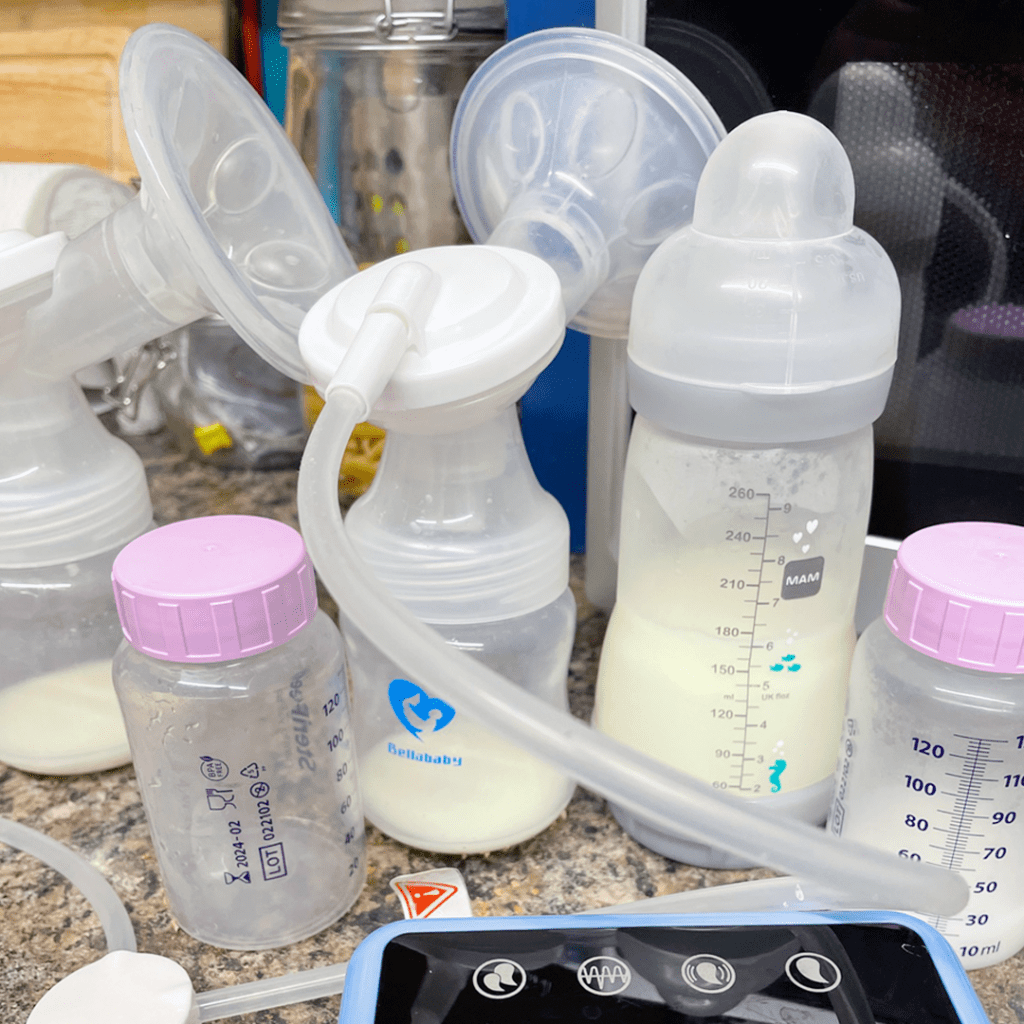
Different ways to express breast milk
As we have many reasons why expressing breast milk might happen, so we have many ways of doing it. Hand expression is a possibility, but even among pumps there is a wide range of types, and they all have different pros and cons. Therefore, if you’re going to express, it’s worth considering the type(s) of pump that will work best for your situation and take a look at the reviews online before buying. You can always talk to a breastfeeding counsellor or lactation consultant for guidance as well.
Hand expression
Hand expression is the ultimate on-the-go technique! It’s great for collecting colostrum before or after birth, because colostrum is sticky and produced in small quantities, meaning it can be lost easily in a pump. It can be done anywhere – if you’re out somewhere without a baby or a pump and feel uncomfortable, or just need to relieve a little discomfort, then it’s ideal. Some people can get very proficient at hand expression and can easily express enough for a full feed that way, but others find that it’s not so efficient. If you want or need to express regularly, you may well find a pump of some kind better for you. If you need to pump a lot in the early days to get your milk production established, you will probably need to do more than hand express to provide the appropriate amount of stimulation to your body.
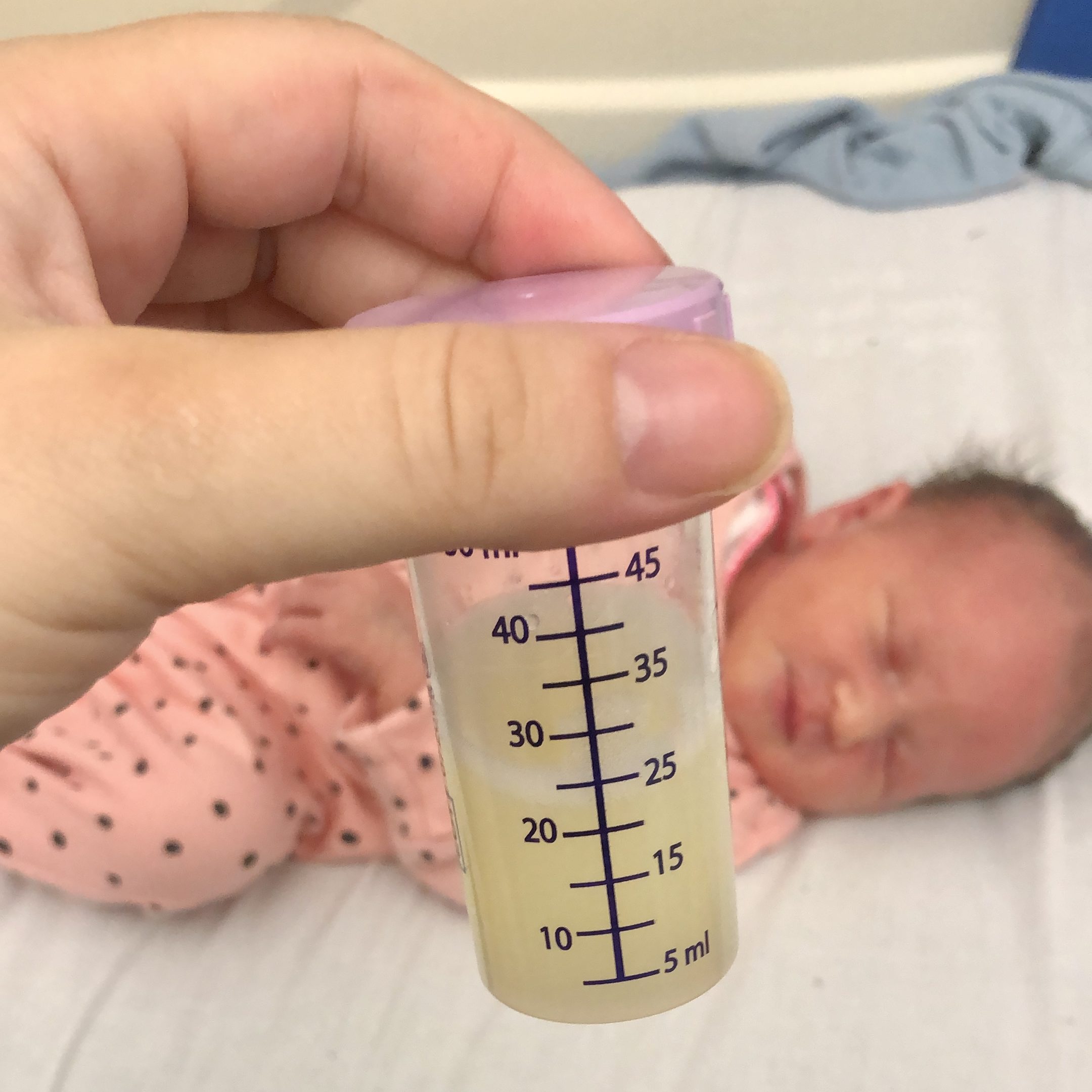
Silicone pumps
Silicone pumps are very popular and often seen as a “must-buy” product when breastfeeding, although that’s not really the case. It’s easy to see why though: they’re cheap, easy to use, easy to clean and very portable. However, we do still need to think about how we use them.
Firstly, it’s important to know that they are not just ‘milk-catchers’ (which you can also buy) and do actually use some suction to hold on to the breast if you use them as intended. This means that they provide some additional stimulation to your milk production, potentially causing or contributing to oversupply if used too frequently.
Secondly, if you need to express to boost your milk production and/or because your baby needs more milk, this type of pump is probably not going to do the trick and you will need something more powerful.

Photo courtesy of Rachel Davies
Manual pumps
Like silicone pumps, manual pumps are cheap, easy to use and very portable. They can easily fit in a bag if you’re out and about without your baby and might be perfectly adequate if you only pump occasionally. You could use a pump on each breast at the same time for double pumping. Being a manual pump, of course, means you have to use your hands to pump the milk, and this can be physically tiring for regular use, as well as inefficient in comparison with electric pumps.
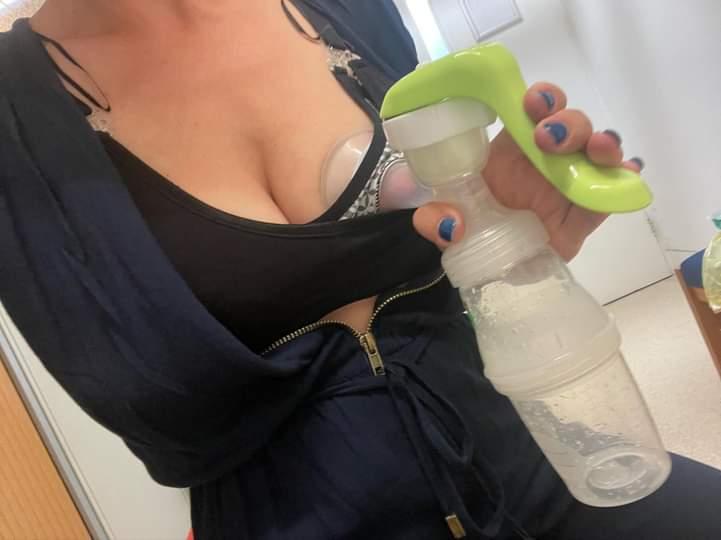
Photo courtesy of Natalie Martindale
Single electric pumps
Single electric pumps are generally the cheapest type of electric pump. They are relatively small and can be used on one breast while baby feeds on the other if that works for your situation. However, they can be noisy, some are only mains-powered (meaning they’re less portable), and the quality varies so it’s worth doing your research before buying. If you need to pump frequently, you might find a double pump better as this will cut your pumping time in half. Some single pumps can be converted to doubles with some extra tubing and an additional collection kit.
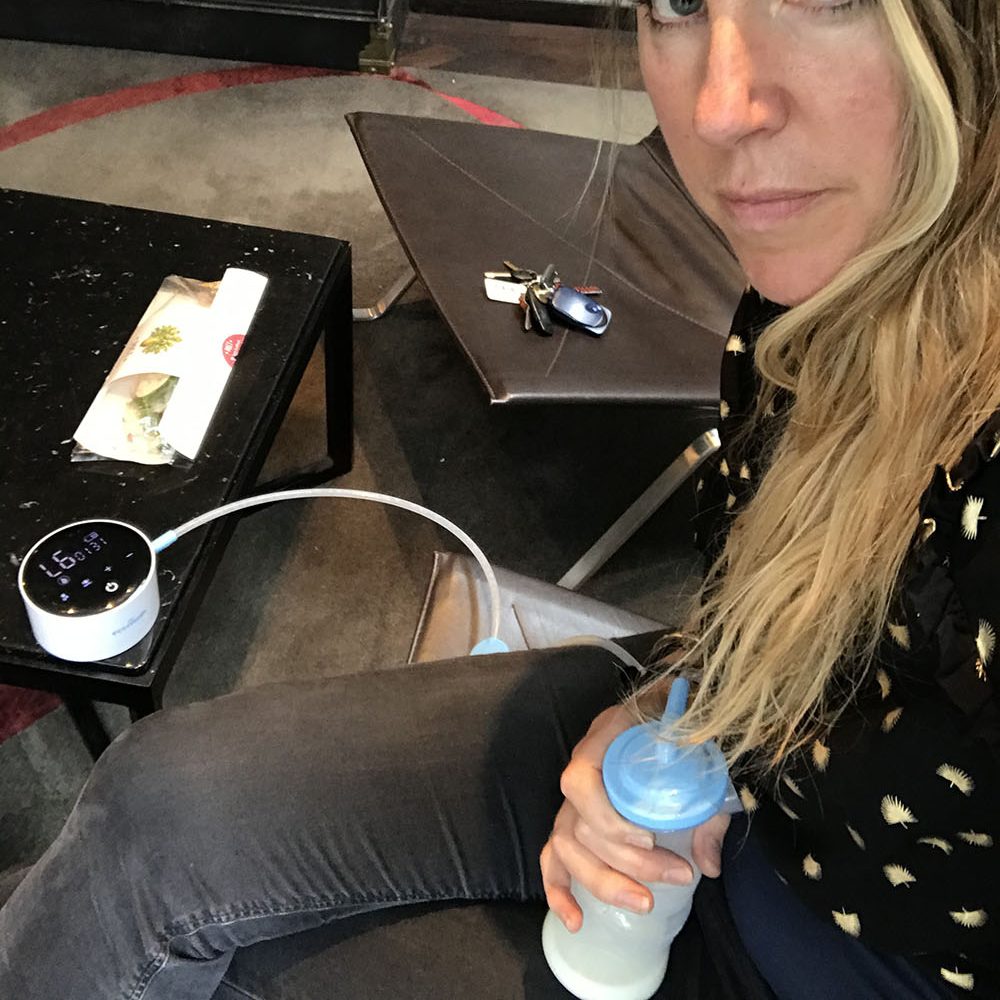
Photo courtesy of Tessa
Double electric pumps
Double electric pumps can vary in price, but some are relatively inexpensive. They are generally quite efficient, so good for regular pumping. However, they can be noisy and bulky, and feel impractical unless you have a hands-free pumping bra (which you can make yourself or you can buy a commercial one). They also vary in quality, so as mentioned it’s a good idea to have a look at reviews online before buying one yourself. There are some good pumps which are inexpensive, and vice versa, so do your research!
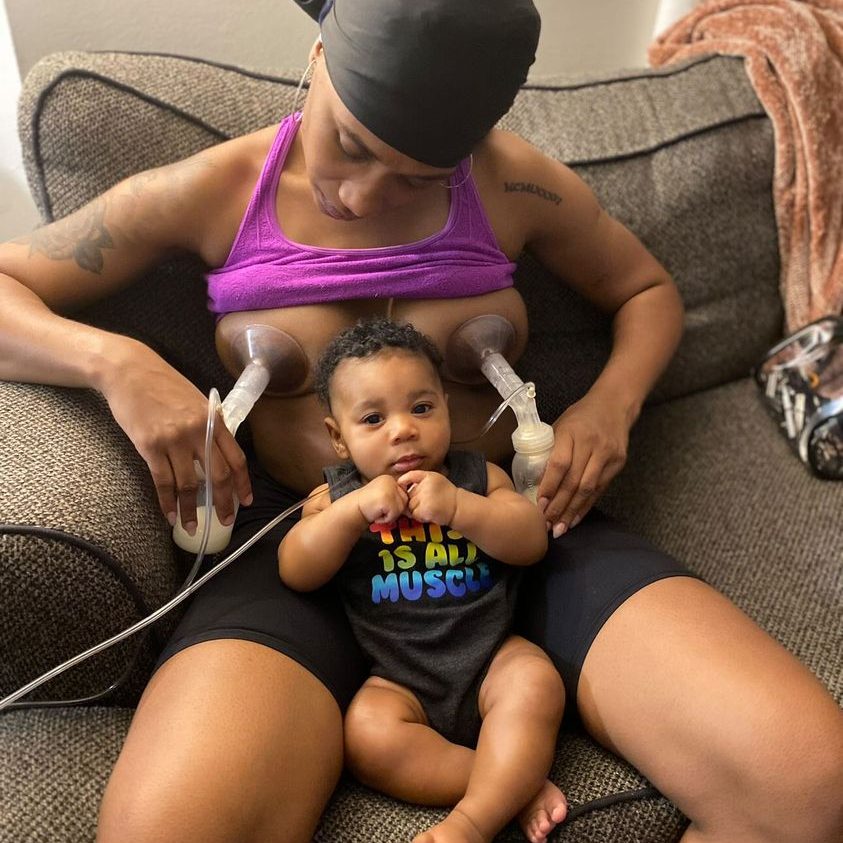
Photo courtesy of Niesha Walker
Wearable/hands-free pumps
Wearable pumps are increasingly popular, and for good reason; they are discreet, quiet and very portable. However, some popular brands are very expensive, and they are not ideal for establishing a milk supply if your baby isn’t feeding well. It may be more difficult to get a good fit with this kind of pump, which can impact both your comfort and the amount of milk you are able to obtain when pumping. The cost does not necessarily reflect the success you will have, so yet again, do your research before buying.
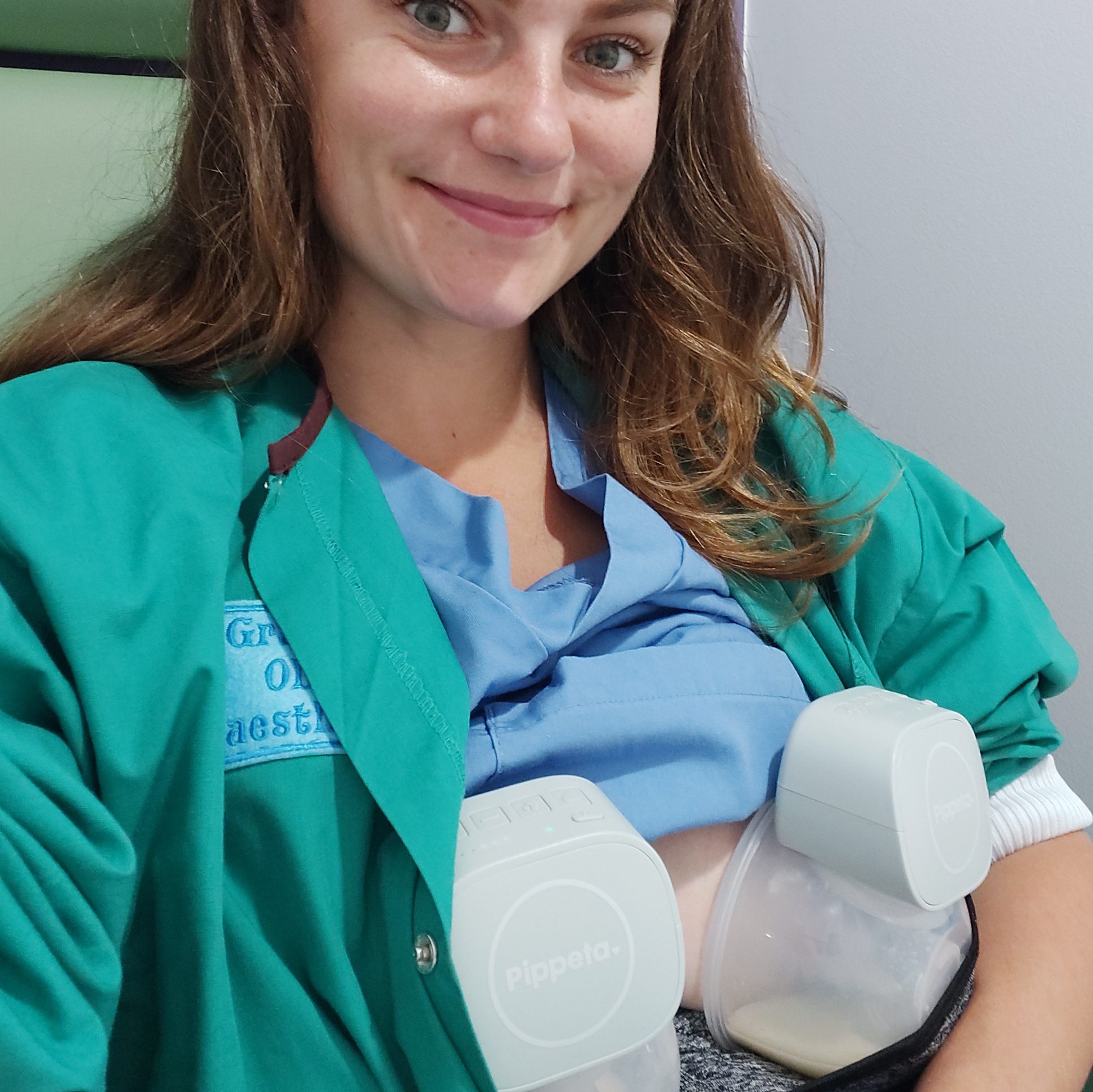
Photo courtesy of Grace Redmond
Hospital-grade pumps
Hospital-grade pumps are the most efficient type and ideal if you need help establishing your milk supply with a newborn, or you want to induce lactation (bring in a milk supply without giving birth) or relactate (rebuild your milk supply after not breastfeeding for some time). You can hire hospital-grade pumps directly from the manufacturers, as they are expensive to buy, and some local NHS trusts or breastfeeding support organisations might have some available to rent as well. They can be noisy and very bulky and feel impractical when you have to do a lot of pumping but can make a big difference to your journey. A hands-free pumping bra that you can buy or make can be helpful, particularly if you need to pump very frequently.
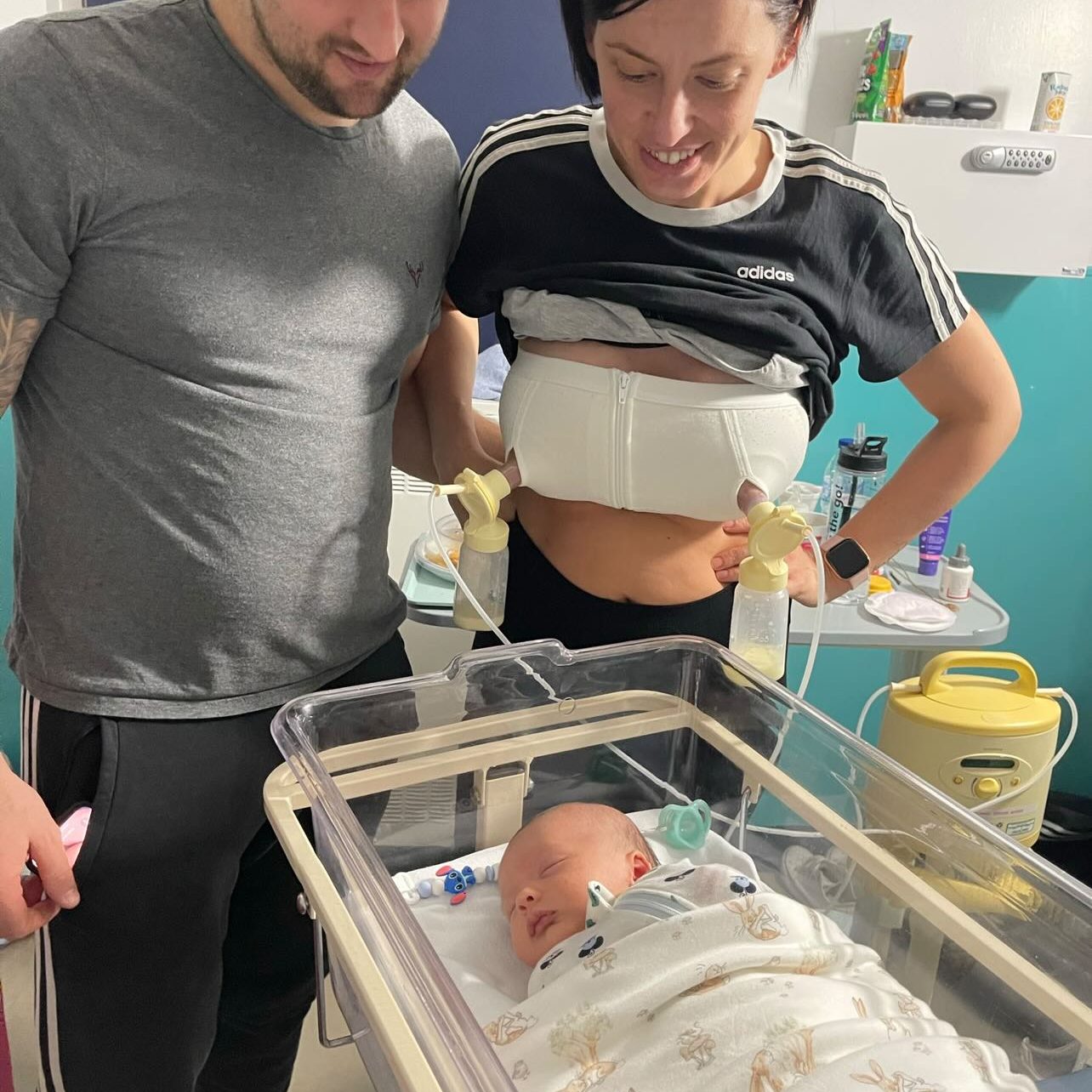
Photo courtesy of Emma Clarke
Tips for using breast pumps
If you use a pump of any type, it’s important to remember the following things:
– check that you have the right size flange (that’s the cone that you put on your breast), for comfort and optimal milk yield
– follow the manufacturer’s instructions for use and check when you need to replace the parts, as they do wear out over time
– be cautious of using second-hand pumps, especially “open system” pumps which can not be fully cleaned and sterilised (and are therefore not recommended for re-sale)
– the amount you can pump is not necessarily indicative of your milk production
Breastfeeding support services
As always, if you have any concerns about your feeding journey, including expressing, contact a breastfeeding counsellor or lactation consultant for support.
- National Breastfeeding Helpline (UK), Phone 0300 100 0212, Facebook/Instagram @NationalBreastfeedingHelpline
- Maddie’s Miracle (free video calls for UK residents), Facebook/Instagram @maddiesmiracle.bus, Email hello@maddiesmiracle.org.uk
- Lactation Consultants of Great Britain
- Search for groups in your local area run by the Breastfeeding Network, Association of Breastfeeding Mothers, La Leche League or the NHS.

